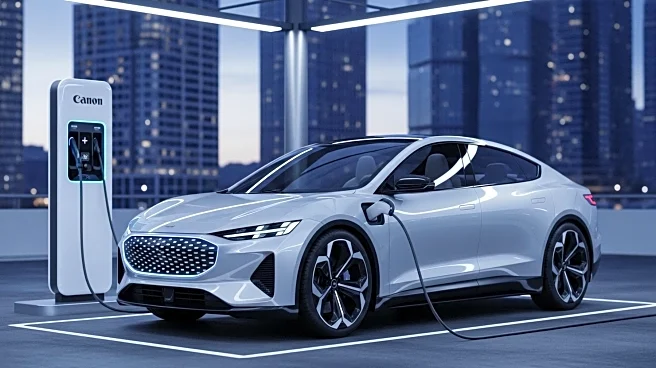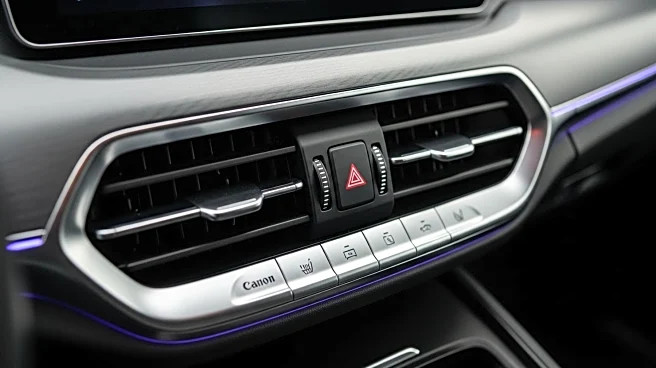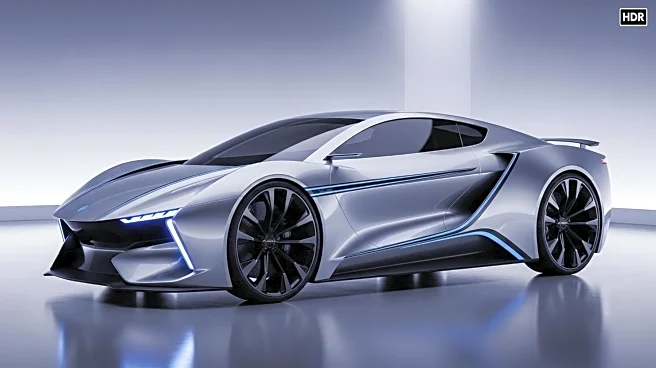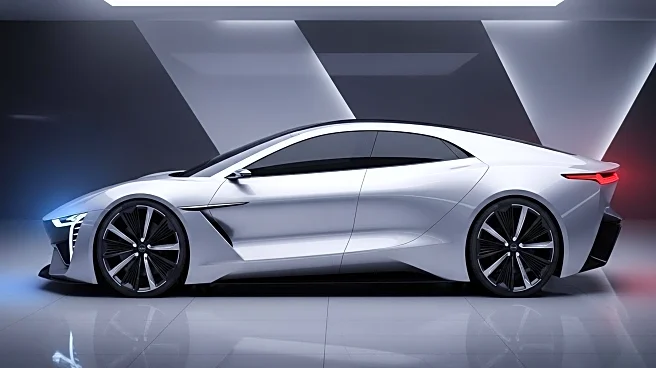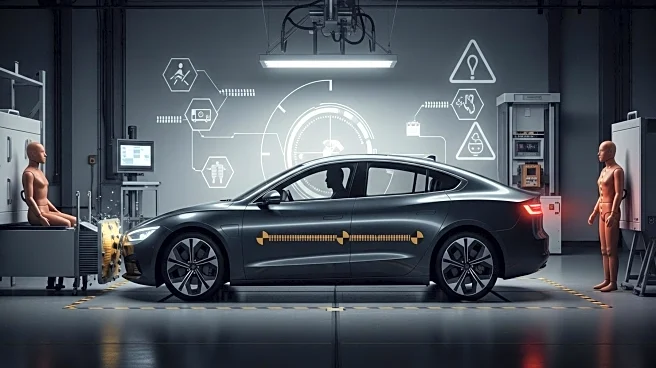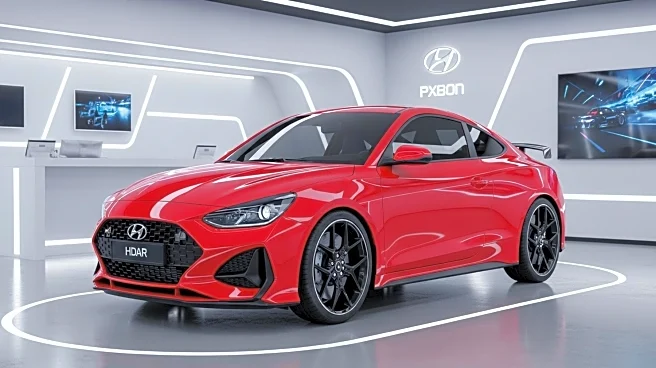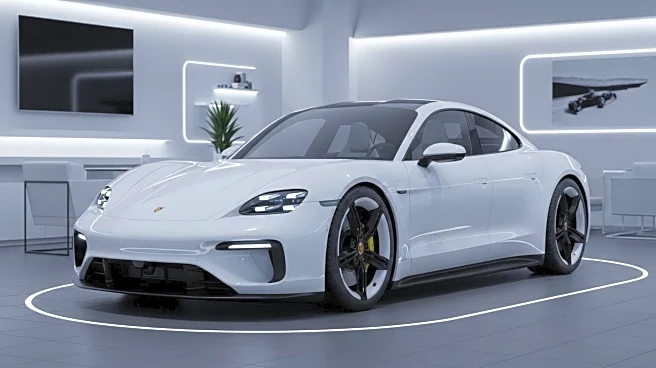What's Happening?
Mercedes-Benz has announced the reintroduction of physical buttons on the steering wheel in its future vehicles, following data collected from its first software-defined vehicle, the CLA. The automaker found that physical controls are preferred by certain age groups and populations, leading to the decision to incorporate them into new models. This move comes amid a trend where automakers are reconsidering the removal of physical controls due to consumer demand and safety concerns. Mercedes-Benz's software boss, Magnus Östberg, highlighted the importance of these controls during the Munich Motor Show, stating that the data supports their reintroduction.
Why It's Important?
The decision by Mercedes-Benz to bring back physical buttons reflects a broader industry trend where automakers are responding to consumer preferences for tangible controls over digital interfaces. This shift is significant as it addresses safety concerns and enhances user experience, potentially influencing other manufacturers to follow suit. The move could impact the design and functionality of future vehicles, affecting how consumers interact with technology in cars. Additionally, regulatory pressures, such as potential new rules from Euro NCAP, may further drive the industry towards maintaining physical controls to avoid lower safety ratings.
What's Next?
Mercedes-Benz plans to standardize the button-filled steering wheel in future models, with variations depending on market demands. The company may also consider adding more physical buttons and switches in larger vehicles, offering more design freedom. As automakers continue to gather consumer feedback, the industry might see a resurgence of physical controls in various car models, balancing technological advancements with user-friendly interfaces.

